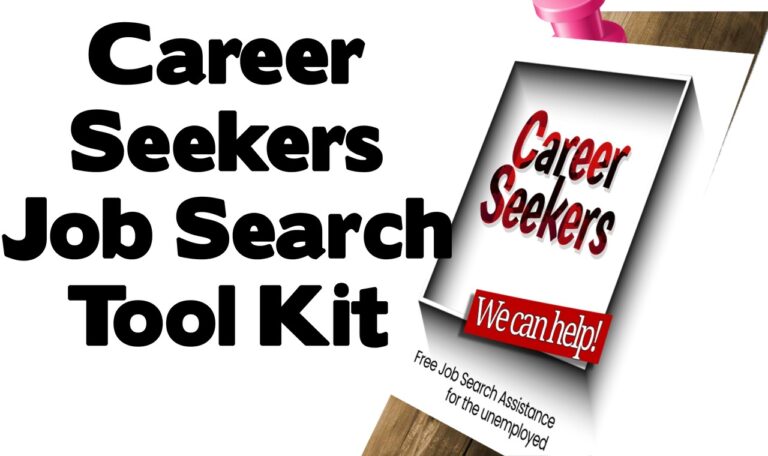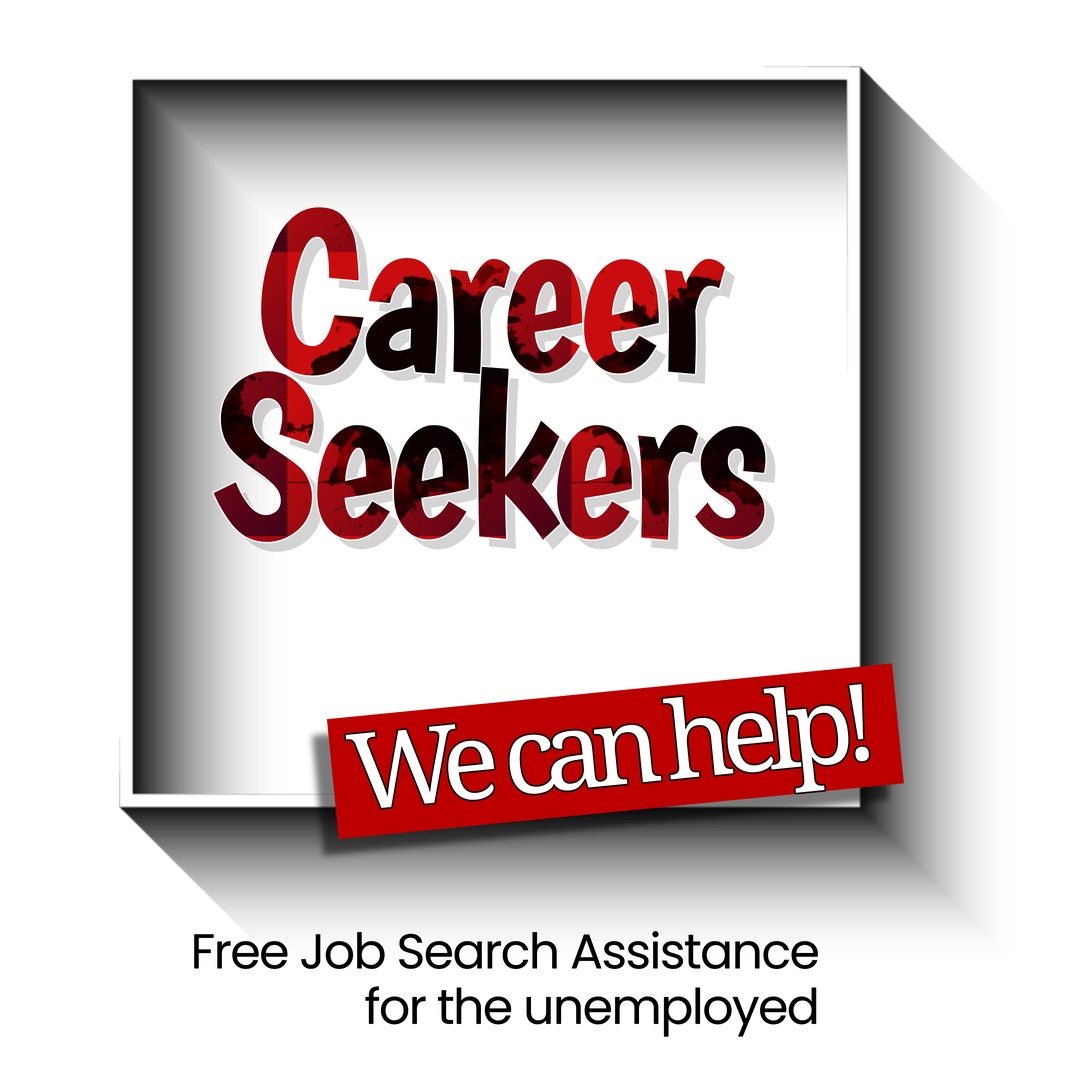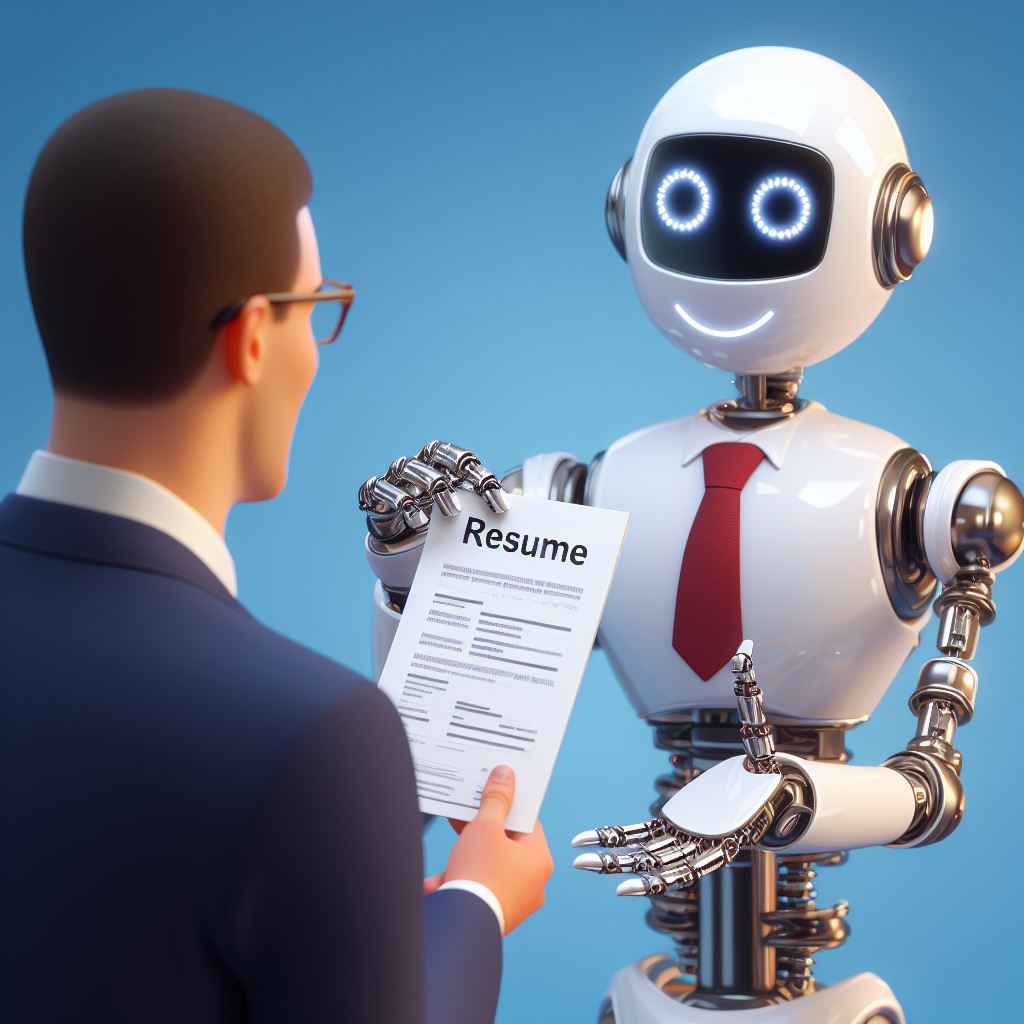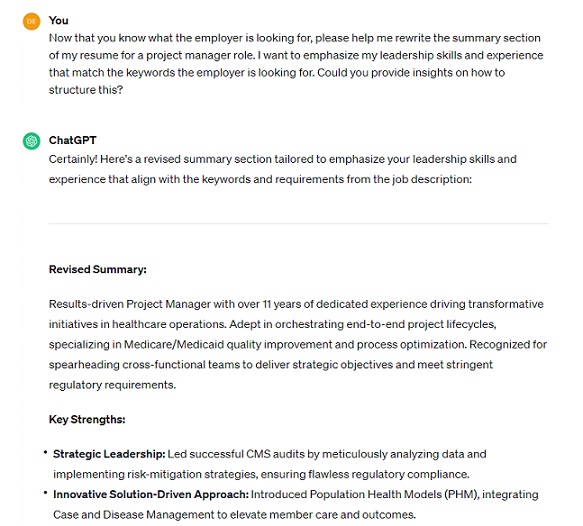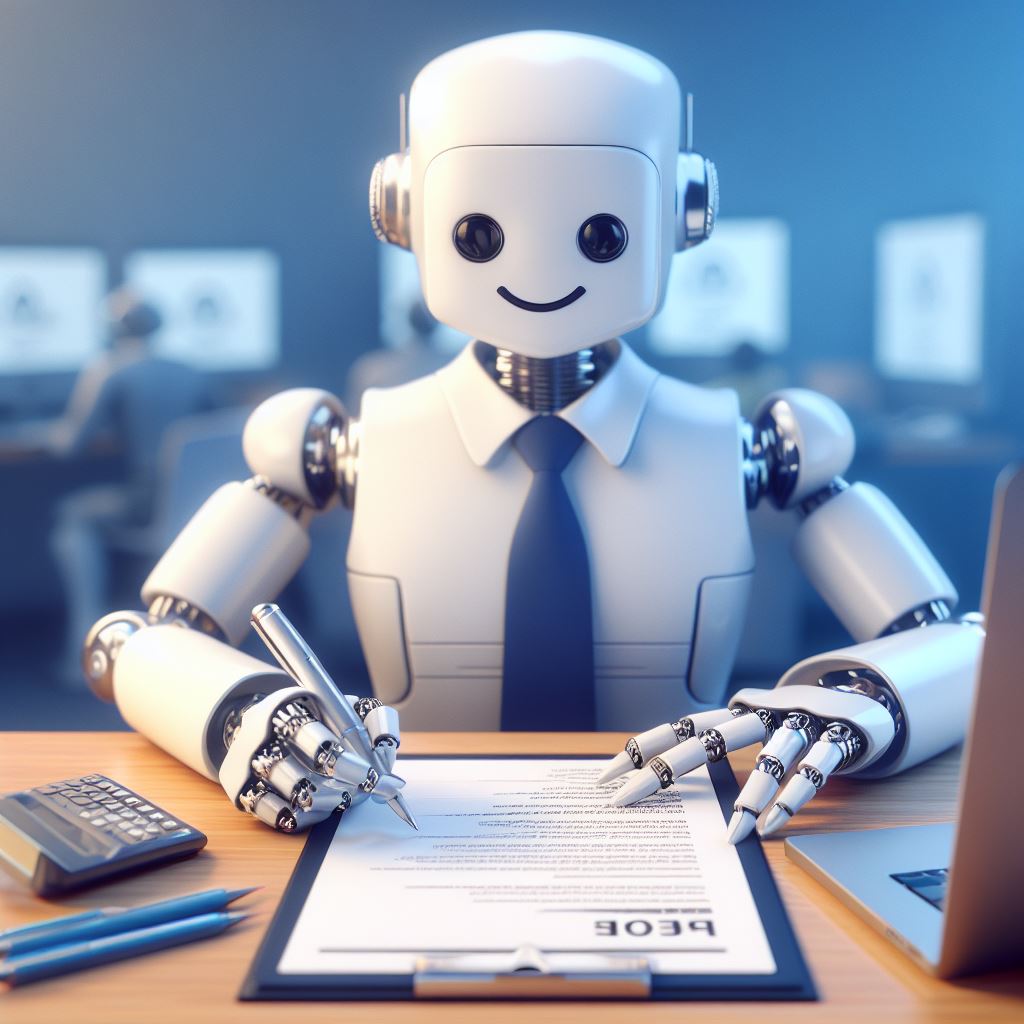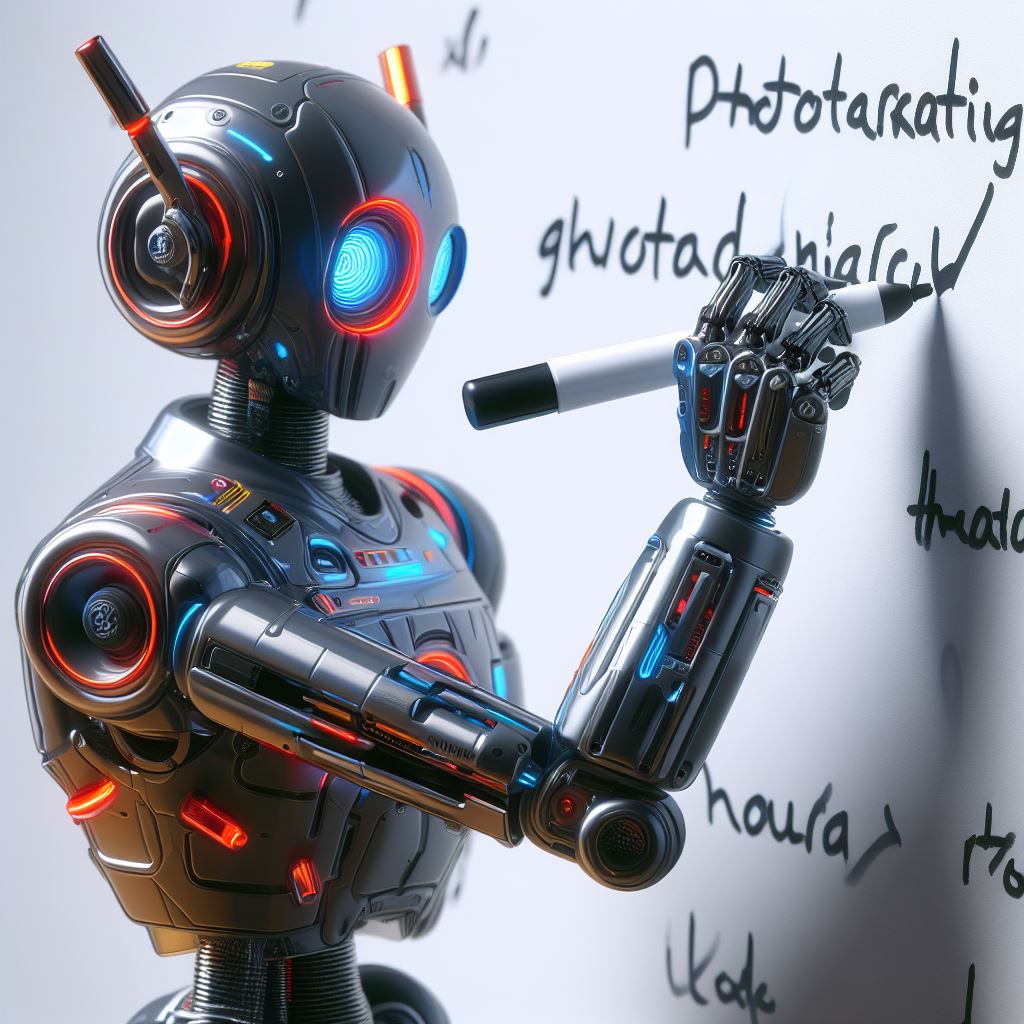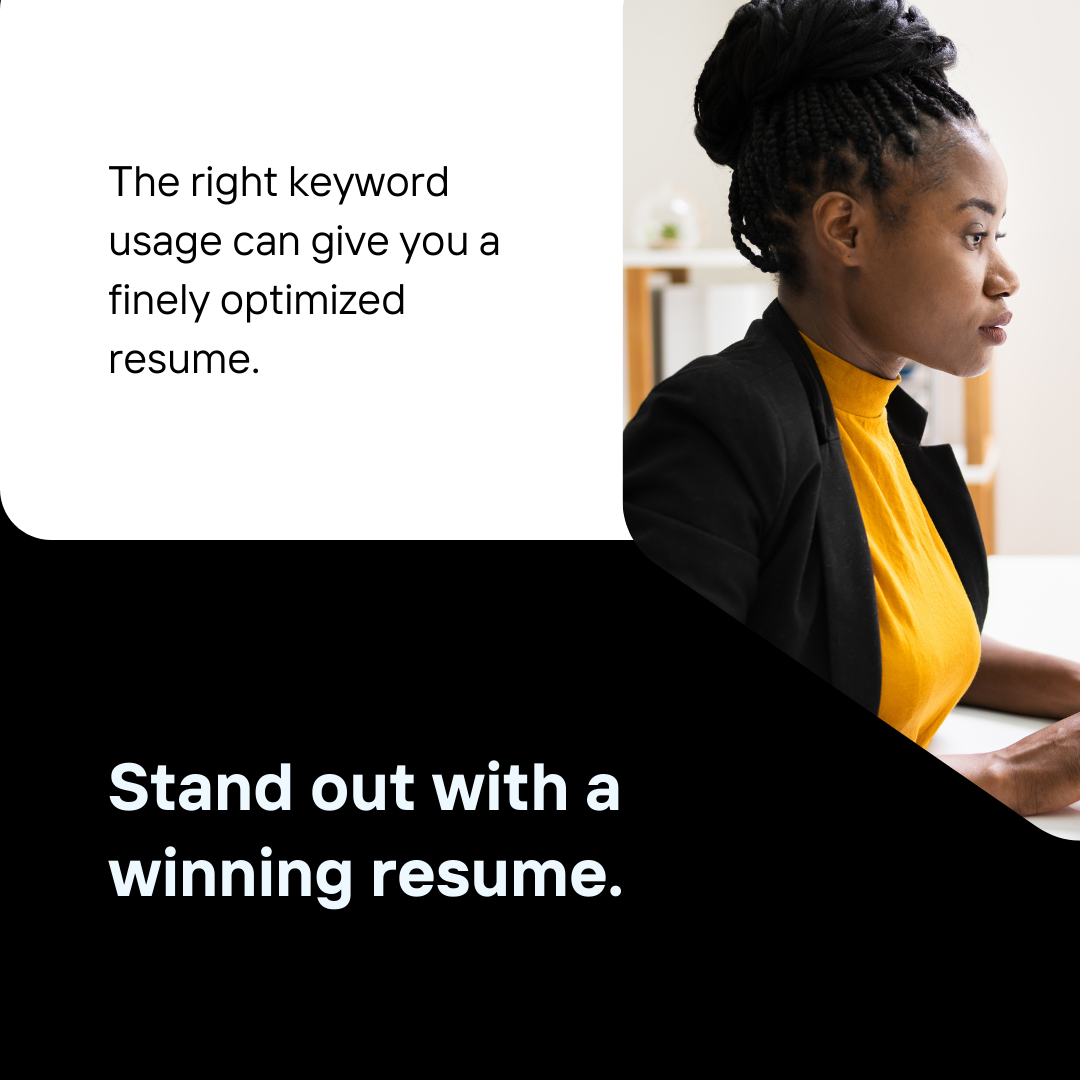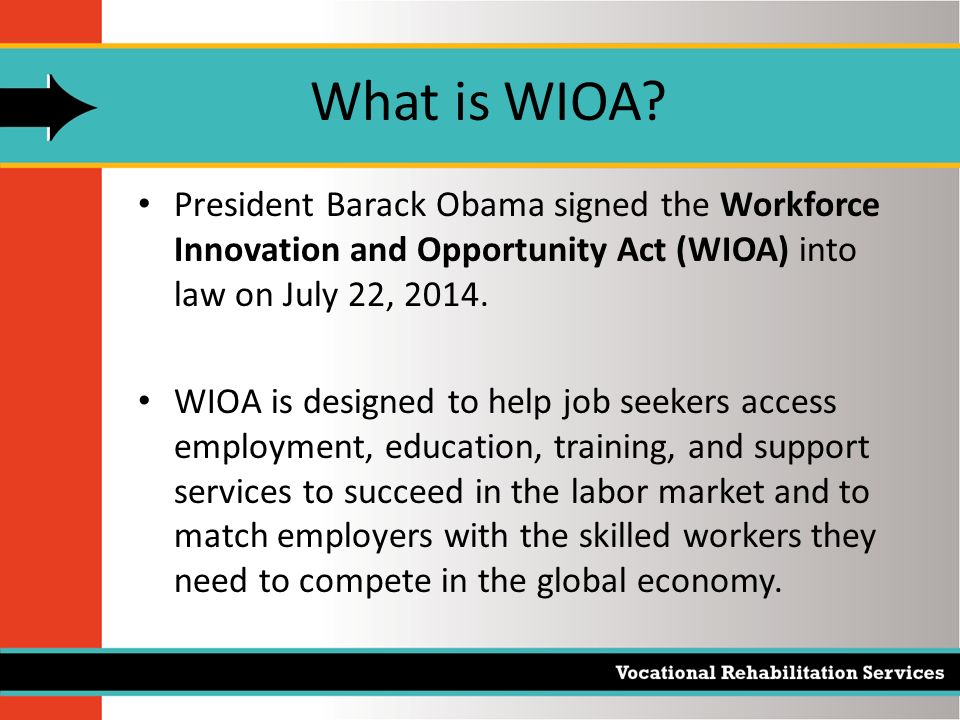What is ChatGPT?
ChatGPT is a language model developed by OpenAI. It’s powered by a type of Artificial Intelligence known as GPT-3, which stands for Generative Pretrained Transformer 3. This AI system has been trained on a wide array of internet text. GPT-3 is the free version. There is a newer paid version called GPT-4.
What sets ChatGPT apart from its peers is its ability to generate human-like text that’s highly coherent and contextually relevant based on the prompts provided to it. This makes it a versatile tool with applications that span a broad array of tasks from drafting emails to creating written content, to generating insightful and articulate responses to questions, and even writing improved descriptions of skills and achievements on your resume.
ChatGPT operates by predicting the progression of a conversation or paragraph to output linguistically accurate and relevant content. Ian Siegel, the CEO of ZipRecruiter, even notes that ChatGPT is “essentially undetectable” by most recruiters and hiring managers.
The picture to the right is a response from ChatGPT when I asked it to identify the most important keywords from a job description that I need to include in the resume.

